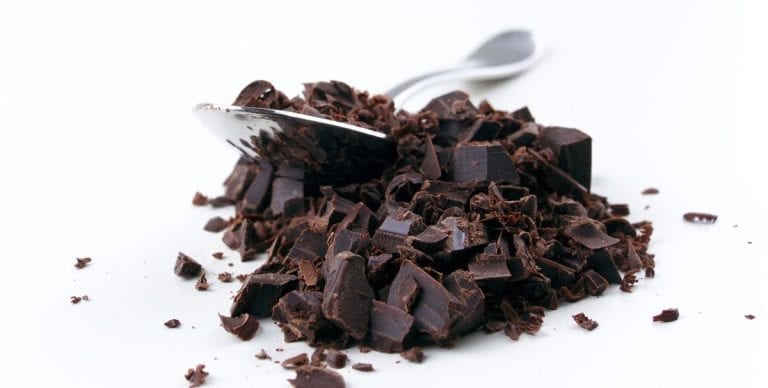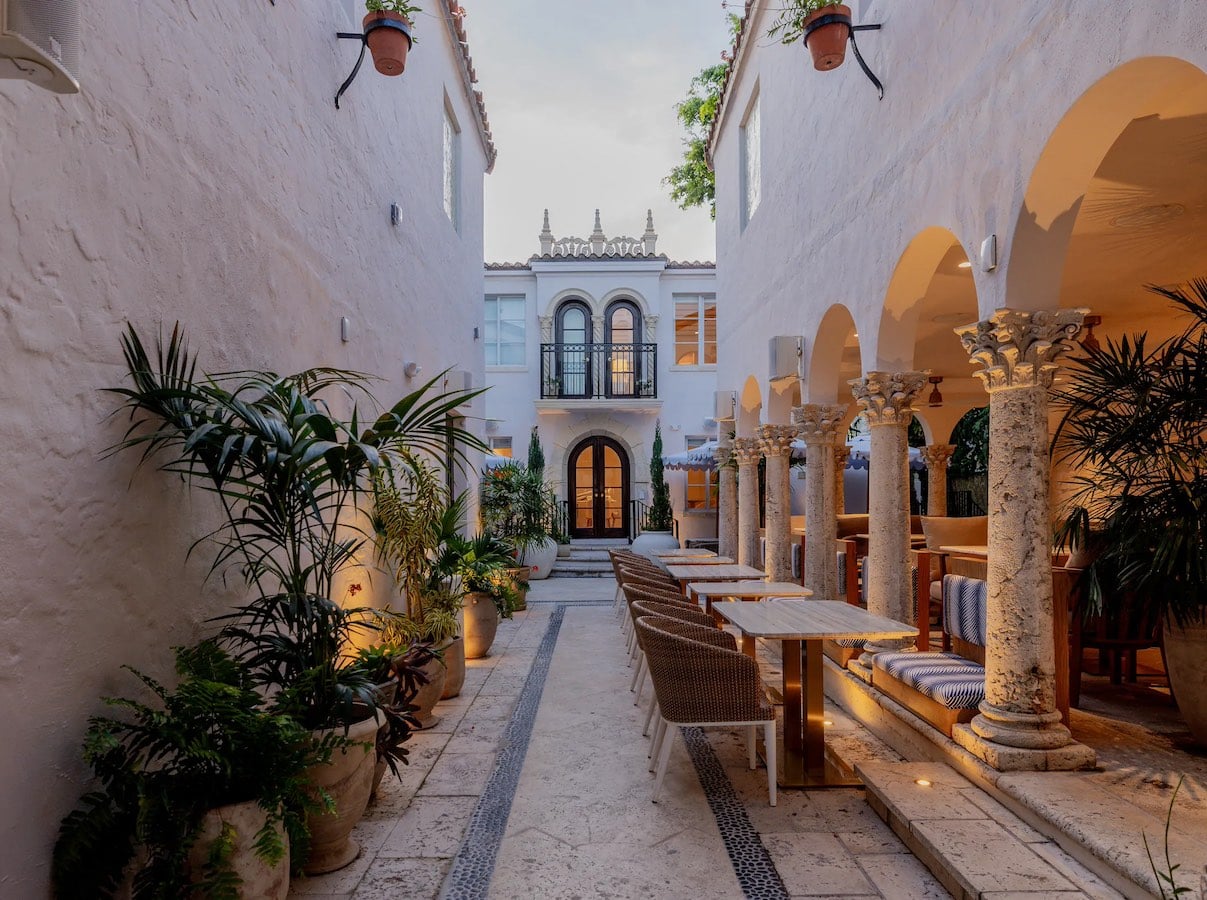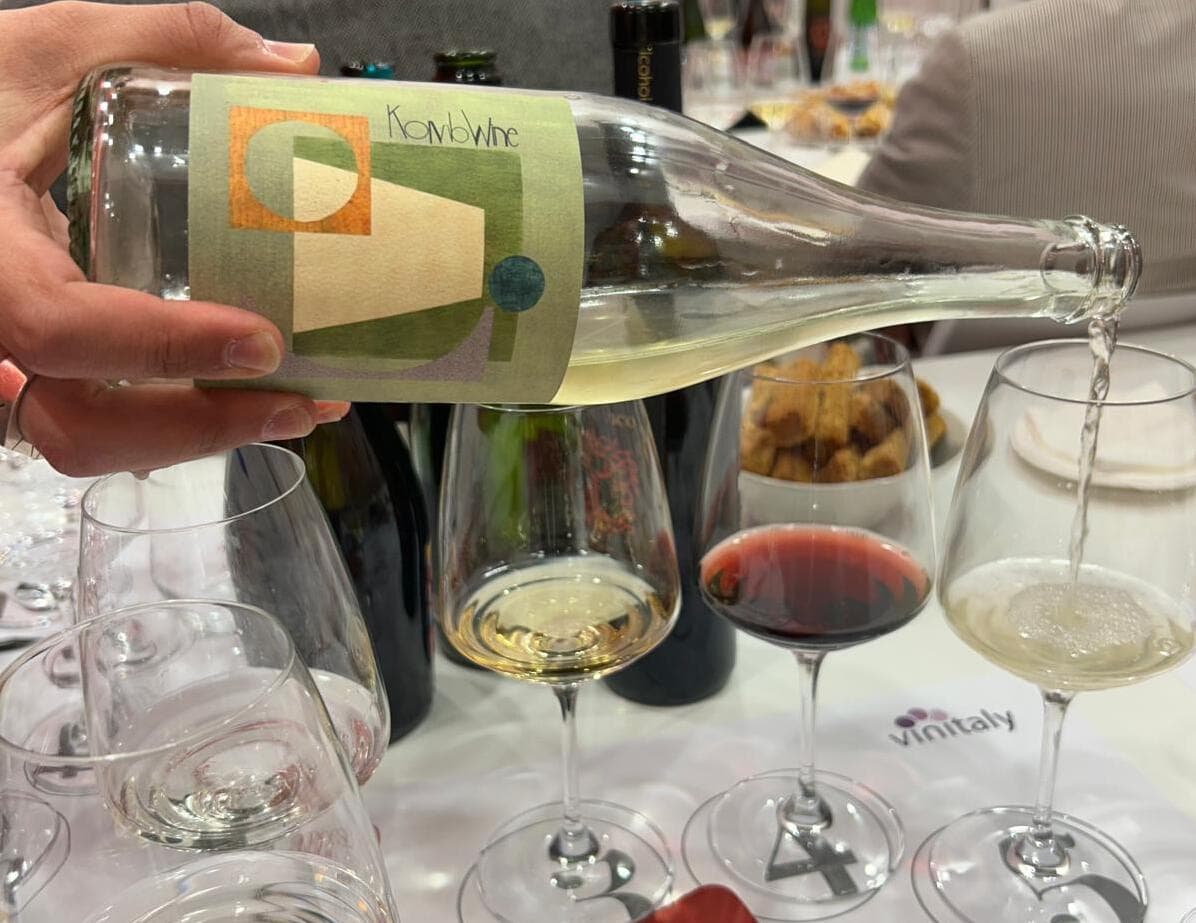Perhaps you stocked up on it to indulge a fleeting health impulse, but it still lies in the pantry, half-buried by packs of biscuits and snacks in gaudy wrappers. Or, perhaps, the nutritionist advised you to enjoy a small square as a "prize at the end of a meal," instead of a slice of your favourite dessert. Third hypothesis: you could be particularly assiduous consumers, due to a deep-seated distrust of white or milk chocolate. Whatever your relationship with dark chocolate, the real question is: are you 100% sure you know it well? To dispel any doubts, here are guidelines and useful information on this product, from general characteristics to tips for choosing the best, as well as healthy virtues and tricks for using it in sweet and savoury recipes (yes, there's more to dark chocolate beyond Sacher torte and profiteroles!). To guide us in the discovery of black gold is Monica Meschini, maitre chocolatier, founder and tutor at International Institute of Chocolate and Cacao Tasting, CLAIM.
Cacao percentage in dark chocolate
Choosing chocolate based on the percentage of cacao is a bit like choosing a wine based on alcohol content: if we don't know how it was made, that percentile number on the package says very little. "Basically, dark chocolate with 90% cacao is not necessarily better than one with 70%," explains Monica. "Affecting the composition of the product, in fact, are the quantity and quality of the cacao mass (a pure paste obtained from the refining and correct roasting of the beans, without added sugar). Unfortunately, large confectionery companies tend to use massive doses of deodorised cacao butter (often from countries other than those listed on the label) to obtain a particularly velvety texture, significantly reducing the aromatic component of chocolate. Not to mention the sugars which, in most cases, go far beyond the recommended threshold from a palate and nutritional point of view." The solution is trying to estimate the degree of reliability of the individual brands on the basis of tastings, the information made available to consumers and the transparency of the supply chain. "In any case, I recommend opting for a dark chocolate with at least 60% cacao mass," Monica concludes.
Colour and… sound!
Let's now consider dark chocolate's sensory analysis, starting with a visual inspection. "Contrary to what one might think, a colour that's too dark, tending to ebony, reveals that the cacao has been deliberately over-roasted with the aim of hiding structural defects and giving the final product a rounder flavour, particularly palatable for consumers. In chocolate tablets, therefore, a blackish hue is almost always an indication of poor quality, and does not depend in any way on the roasting process." Monica points out. "Just think that the natural colour of cacao ranges from cinnamon to mahogany, passing through dark brown." Returning to chocolate, the surface should always appear uniform, homogeneous, shiny and without imperfections such as bumps or air pockets. The same goes for the auditory front: "If, when broken, a chocolate bar produces a clear and distinct sound––in jargon, it snaps––it means that it is in ideal physical condition for tasting."
Dark chocolate tasting techniques
The golden rule for tasting dark chocolate is summed up by the expression "melt don't munch." The reason behind this? "With the exception of Modica chocolate or chocolate with inclusions, which must be chewed slightly before dissolving, dark chocolate in the form of a tablet is much better appreciated in this way, because it releases a whole series of sensations in contact with the heat of the tongue: not only gustatory and mouthfeel, such as bitterness, sweetness, astringency and acidity, but also aromatic, from spicy to floral scents." Returning to the comparison with wine: what sense would it be to drink it in a hurry, without putting your nose in the glass to familiarise at least a little with the olfactory notes? Chocolate is no exception.
Taste, aroma, texture
"From a palatal point of view, an 'honest' dark chocolate is characterised by the intensity and complexity of the aromatic bouquet. Furthermore, it must never be over-toasted and hyper-processed, because a burnt aftertaste and an excessively silky texture have the disadvantage of cancelling all other components. Plus, obviously, personal taste comes into play: there are people who prefer sour notes and others who prefer fruity ones, but the important thing is to perceive them distinctly." How much it melts also makes a difference: the best chocolate bars dissolve quickly, releasing particularly fine aromas. "Plus, regardless of the percentage, dark chocolate must be pleasant and never too astringent."
How to store dark chocolate?
Thermal shock is the first enemy of chocolate sold in stores or in large-scale distribution, "in winter, during the day, heaters are on, or tablets are exposed to artificial light, and then at night, the electrical system is on standby. In the summer, the opposite happens, but the effect is the same: chocolate is altered, because the cacao butter crystals emerge, creating an unattractive white patina and subduing the aromatic notes of the raw material," Monica explains; it would therefore be advisable to buy this product at specialised stores or websites. At home, however, the best solution is storing chocolate bars in the coolest room, away from heat sources and direct light, kept at a temperature of about 21°C (the "point of no return" is around 24°C). "In principle, however, dark chocolate should be consumed as soon as possible: never put it in the fridge or unwrap it after months and months. This is why high-end brands have started to market smaller sized bars."
Nutritional properties of dark chocolate
"Dark chocolate fully deserves the title of superfood," assures Dalila Roglieri, biologist expert in dietetics, sports and culinary nutrition. "We are speaking, in fact, of a functional food with excellent properties, rich in flavonoids (antioxidant molecules with a protective effect on cells and blood vessels) and a valid ally of the central nervous system. declared in 2020 by EFSA - which refers to a standard portion of 10 g per day (the equivalent of 2 squares or 2.5 g of cacao powder, containing about 200 mg of cacao flavonols) - can stimulate memory and concentration, as well as play an important role in improving muscular performance of athletes, normally subjected to great oxidative stress." Provided, however, choosing it well, given that commercial products, characterised by high sugar contents, favour inflammation and inhibition of the central nervous system, triggering a dangerous addiction to sweet foods. "On the contrary, quality chocolate can complement the daily diet with great health benefits. I recommend, however, to consume it plain as a mid-morning or afternoon snack, always keeping in mind that theobromine can cause excitement and hinder rest after 6pm."
Recipes using dark chocolate
Chicken (or turkey) in the Olmec fashion
by Monica Meschini and Chantal Coady
Ingredients
4 fresh red chillies
3 fresh green chillies
500 g turkey or chicken breast, (or 500 g plantain for a vegan version)
1 lt vegetable or chicken broth
1 medium white onion, thinly sliced
5 whole star anise pods
1 cinnamon stick
25 g unsweetened cacao powder
350 g tomato purée
500 g fresh tomato, minced
5 black peppercorns
Sesame oil, seed oil or olive oil for sautéing
Sesame seeds for garnish (optional)
Salt
Stir fry the chillies in an oiled pan for about 30 seconds, to flavour the oil. Drain and soak in cold water for about 30 minutes. Clean, degrease and cut the chicken/turkey or plantain into bite-sized chunks, add to the pan, browning until the cooking liquid is completely reabsorbed, then add the onion.
Drain the chillies and brown them together with the meat; add all the other ingredients and cook over low heat for about 20 minutes (or until the mixture has reached a velvety consistency). Decorate with sesame seeds.
Hot chocolate and petit pot au chocolat
by Monica Meschini
Ingredients
100 g of your favourite dark chocolate (preferably high quality and at least 60% cacao)
150 ml water or milk
Melt the ingredients in a double boiler and enjoy hot. The consistency of the chocolate will initially be quite liquid, but it will thicken as it cools.
N.B: The density of hot chocolate made with ready-to-use preparations does not depend on the percentage of cacao rather the use of thickeners
If there is some left over, or if you want to prepare a simple dessert for the next day, cool the chocolate in a coffee or tea cup and refrigerate. The next day you can serve your guests a delicious spoon-pudding
Recipes courtesy of Monica Meschini
by Lucia Facchini


 Versace opens a super hotel with an Italian restaurant. Here's what Donatella Hotel & Restaurant in Miami will be like
Versace opens a super hotel with an Italian restaurant. Here's what Donatella Hotel & Restaurant in Miami will be like At The Crown Tirana, service and quality at the highest levels
At The Crown Tirana, service and quality at the highest levels We tasted Komb(w)ine, the new product that combines grape must and kombucha. Here’s our verdict
We tasted Komb(w)ine, the new product that combines grape must and kombucha. Here’s our verdict What changes for the export of Italian wines to China under the new regulations?
What changes for the export of Italian wines to China under the new regulations? “Forget dealcoholised wines. The future is Komb(w)ine.” Moser and Ravizza present a new grape must-based product
“Forget dealcoholised wines. The future is Komb(w)ine.” Moser and Ravizza present a new grape must-based product






